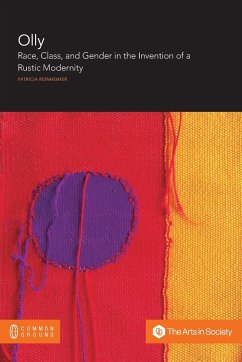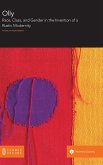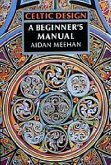Olly emerged in the artistic field in the late 1950s. The artist amassed positive reviews about her production. However, in the artistic universe, claiming quality is not enough. It was necessary that her work had some dialogue with the proposals that were being designed as significant for that universe: they had to make sense. What was that sense? Why is the status of clothing today so controversial yet at the time it was recognized as art? Patricia Reinheimer was an active witness to her grandmother's creative energy-drawing on Olly's studio table, helping to collect earth for ink or to produce the thread and wool skeins for her weavings. Olly was a person that occupied the spaces with sounds, colors, and smells. Her apartment was a party that the author wanted to attend as much as possible growing up. It is for this grandmother's trajectory, recognized during her productive years and forgotten after her death that the author seeks to assign meaning. Olly: Race, Class, and Gender in the Invention of a Rustic Modernity is a tribute to the author's grandparents and a critique of the attitude of much of the Brazilian white middle-class towards peripheric groups. Looking at Olly's artistic subjects, the author identifies in the artist's web of relations the creation of the idea of a sensibility that was intended to be universal, but even though it was based on different peripheric groups, it was produced and consumed by a certain white middle-class audience.








